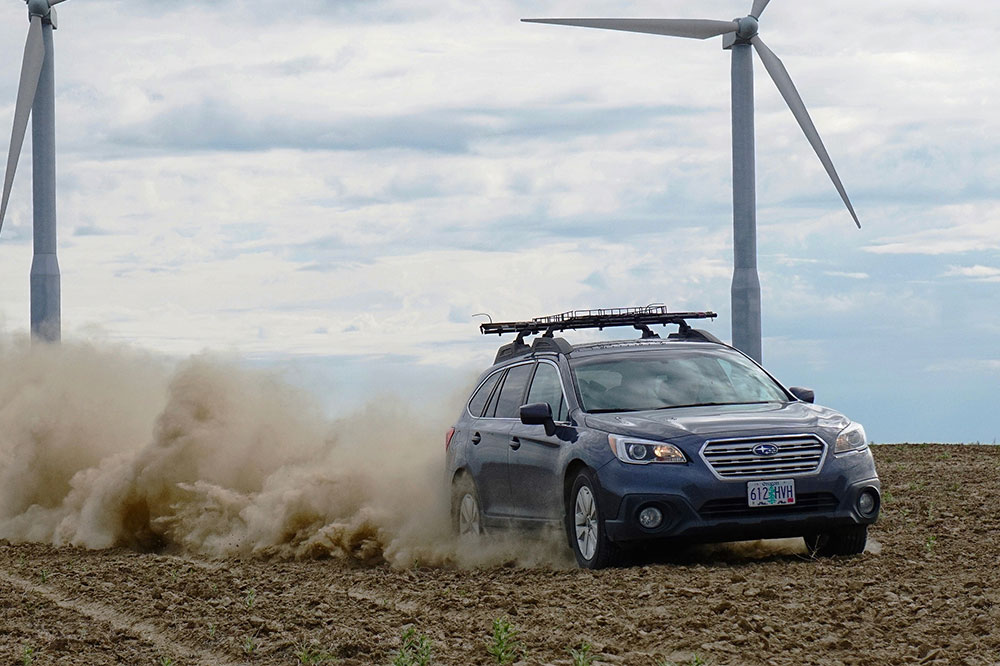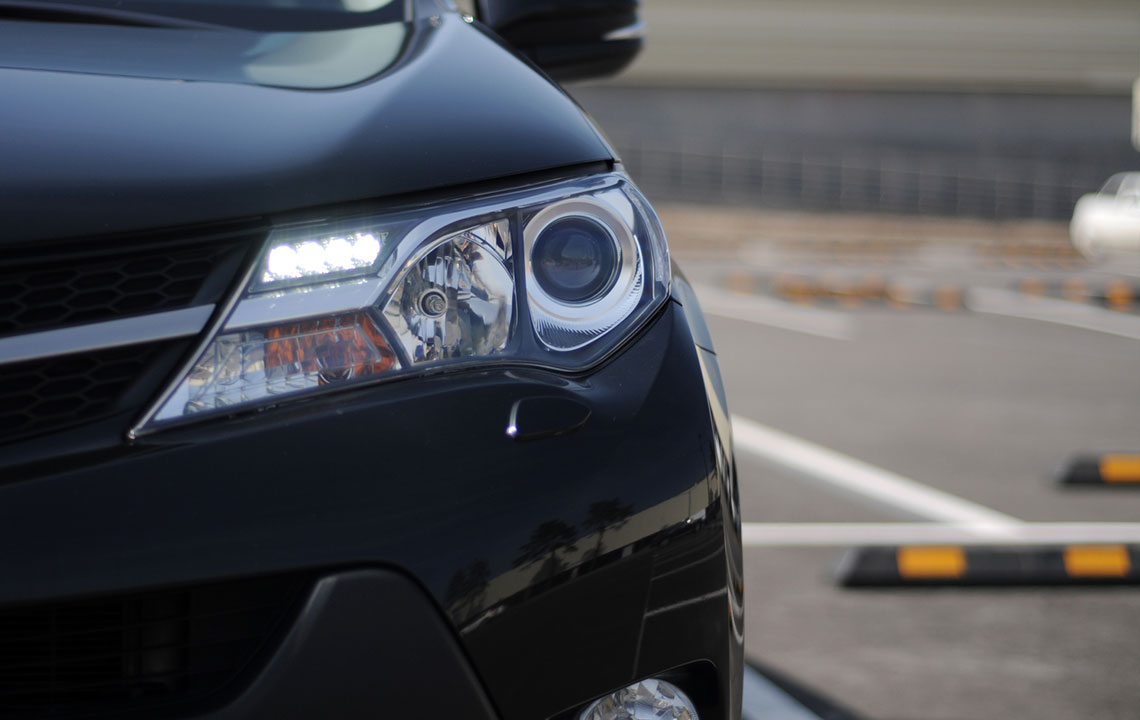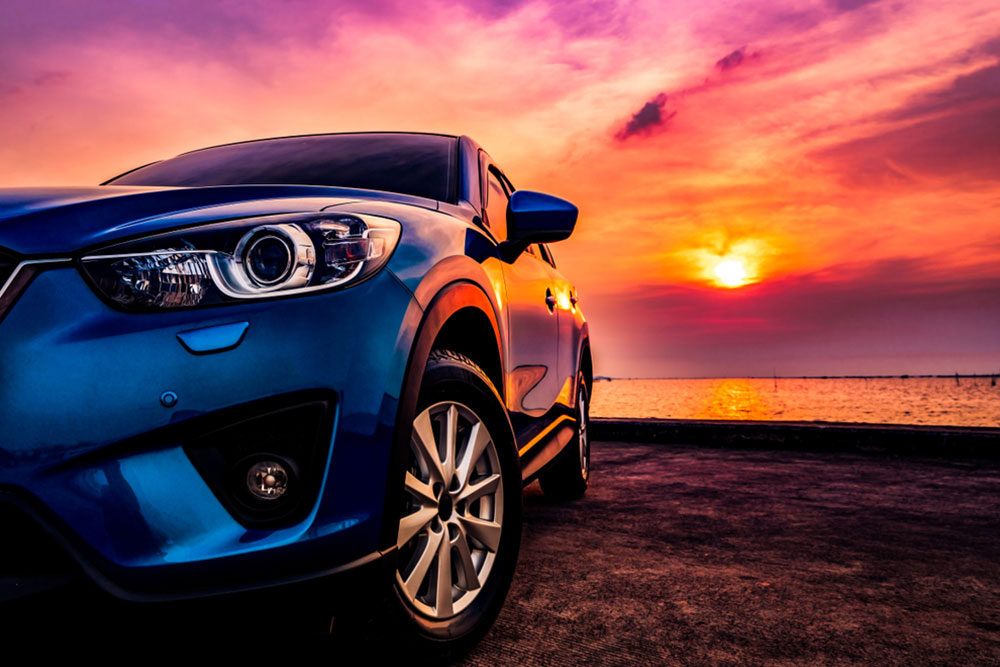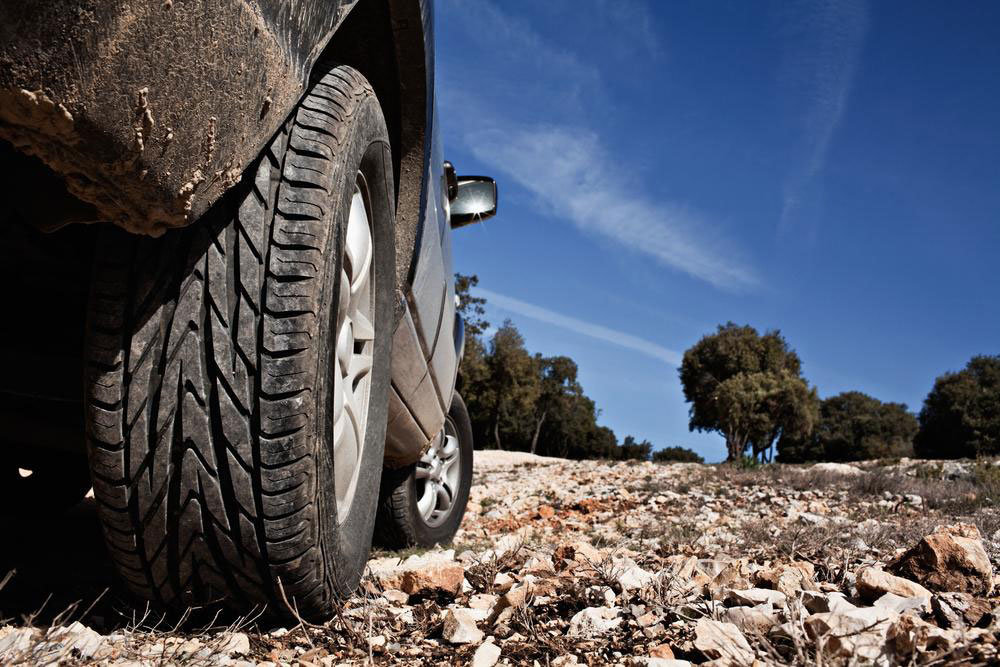Comprehensive Guide to Buying New and Used SUVs
This comprehensive guide helps buyers navigate the SUV market, comparing new and used models, key features, safety tech, and top picks from 2020. It offers valuable insights into vehicle types, capacities, drive systems, safety features, and towing capabilities, ensuring informed decisions for SUV enthusiasts.
Sponsored

Comprehensive Guide to Choosing the Perfect SUV
SUVs have surged in popularity, rivaling traditional sedans with their combination of style and practicality. They offer ample interior space, versatile cargo options, and impressive towing capacities. Selecting the ideal SUV can be challenging with numerous models boasting compelling features at competitive prices. If you're considering purchasing an SUV but unsure where to begin, this guide highlights key factors to consider during your search.
We also compare new and used SUVs and review top models from 2020.
Essential Aspects to Assess Before Buying an SUV
Vehicle Type
SUVs come in various sizes to fit different budgets and needs. Sub-compact SUVs offer excellent performance with limited cargo space. Small SUVs provide flexible cargo options and modest off-road ability. Midsized and full-sized SUVs excel in cargo capacity, towing power, and off-road performance.
Prices vary widely based on size and features, ranging from $20,000 to $80,000.
Seating Capacity
Most SUVs seat at least five, with some midsized and full-sized models offering a third row that increases capacity to eight. These third rows can fold to increase cargo space when not in use, though occupying all seats may limit available trunk room.
Cargo Space
Checking cargo capacity is vital. Many SUVs feature foldable second and third rows to maximize space. Split-fold seats allow for partial folding, balancing passenger and cargo needs. Luxury models may include air suspension systems for easier loading.
Drive Systems: FWD, AWD, 4WD
FWD is common, often with AWD options. Truck-based SUVs typically use RWD with optional 4WD. AWD distributes power to all wheels and adapts quickly for better control in adverse weather or challenging terrain. True 4WD, especially with low-range gearing, is suitable for rugged off-road use. Choose between full-time and part-time 4WD based on your off-road activities.
Safety & Driver Assistance Features
Essential safety features include Forward Collision Warning (FCW), Automatic Emergency Braking (AEB), and Blind Spot Warning (BSW). Advanced options comprise telematics, lane departure systems, lane assist, and rear cross-traffic alerts, enhancing overall safety.
Towing Capacity
For significant towing needs, truck-based SUVs are ideal. Large models can tow approximately 9,000 pounds, while midsize SUVs typically handle up to 5,000 pounds. Consider your towing requirements when choosing your vehicle.
New vs. Used SUVs
The used car market has expanded greatly, making it a viable option. New SUVs feature the latest safety and technology improvements and often come with comprehensive warranties, ensuring peace of mind. However, they depreciate quickly, losing about half their value in 2-3 years. Used vehicles are more affordable but require careful inspection to avoid issues from modifications or excessive wear. When buying used, verify maintenance history and be cautious of heavily modified off-road models, which may impact safety and longevity.Top SUV Picks from 2020
Here are some of the standout SUVs from 2020:
Volvo XC40
Kia Telluride
Cadillac XT6
Chevrolet Trax
Honda CR-V
Hyundai Palisade
Ford EcoSport
Mazda CX-3
Jeep Renegade
Chevrolet Traverse






